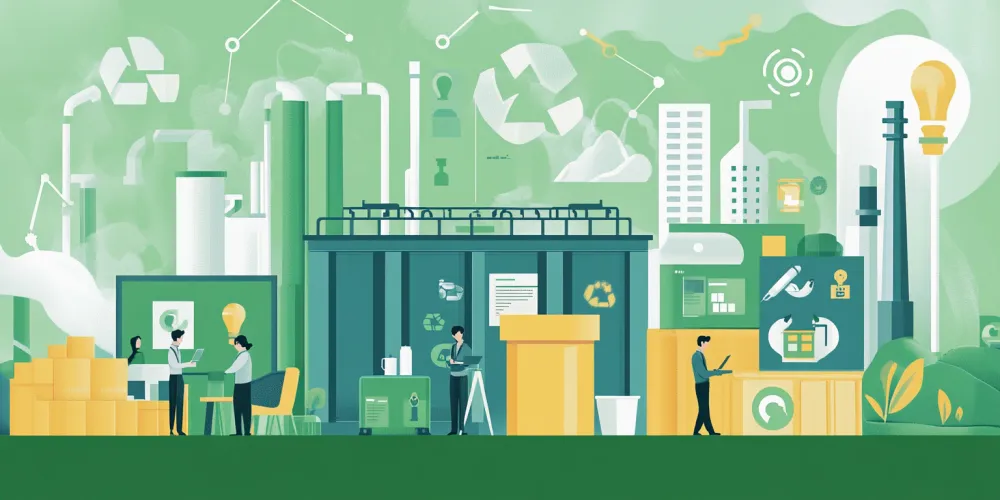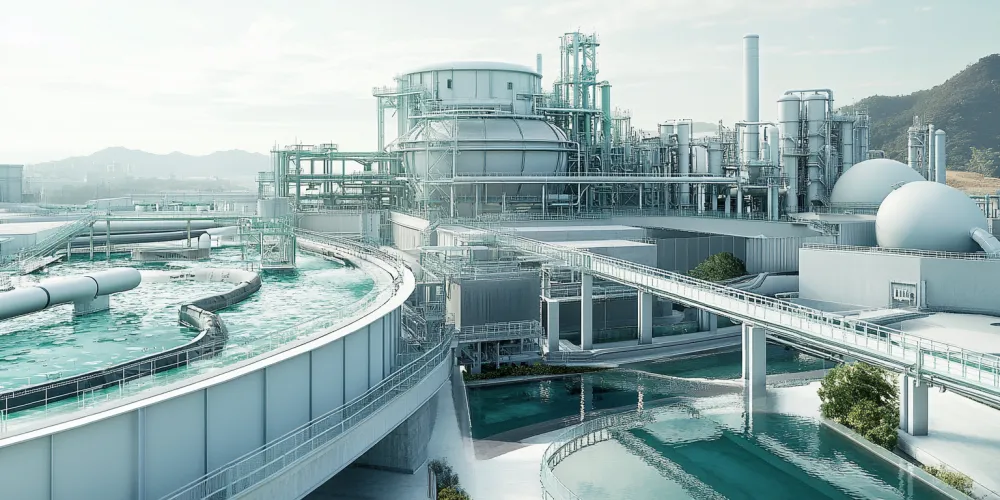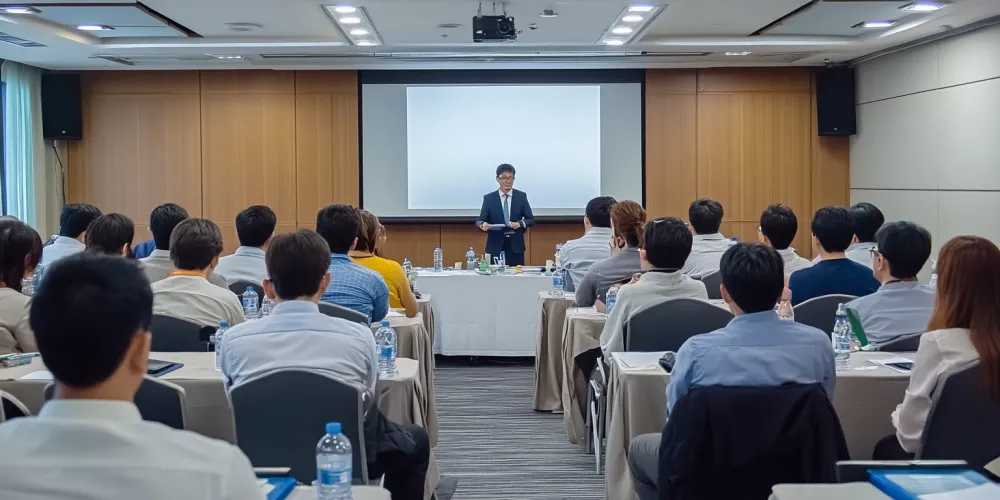Development and Application of Advanced Waste Acid Treatment Technology
Last updated on August 12, 2024

Challenges and Opportunities in Acidic Etching Solution Treatment Technology
Treating acidic etching solutions has long been a major challenge in the field of environmental technology. These liquids typically contain large amounts of metal ions and other harmful substances, posing potential threats to both the environment and human health. Therefore, developing efficient waste acid treatment technologies is not only an environmental requirement but also key to resource recycling.
Currently, the treatment technologies for acidic etching solutions focus mainly on high-efficiency separation and recycling. Advanced separation technologies, such as membrane separation and distillation, can effectively separate valuable metals from waste liquids and enable resource recycling. Additionally, these technologies can significantly reduce the cost of waste acid treatment and improve treatment efficiency.
Among them, R-2501 and R-2502 are two common waste acid treatment agents whose primary functions are to neutralize waste acids and promote the precipitation of metal ions. In practice, these agents have proven to significantly enhance metal recovery rates and reduce environmental impact, achieving effective resource recycling.
Technical Applications of R-2501 and R-2502
R-2501 and R-2502, as advanced waste acid treatment agents, have been widely used in the treatment of various industrial waste liquids. The core technology of these agents lies in their strong neutralizing capability and efficient precipitation of metal ions, significantly reducing the acidity of waste liquids and promoting metal recovery without compromising processing speed.
- Efficient Neutralization: R-2501 can rapidly neutralize the acidic components in acidic etching solutions, keeping the pH level within an acceptable range.
- Metal Recovery: R-2502 promotes the precipitation of metal ions, enabling the recovery of valuable metals, which can be reused in industrial production, achieving resource recycling.
- Resource Recycling: These treatment technologies allow waste acid solutions to be converted into reusable resources, effectively reducing the demand for new raw materials.
- Environmental Impact: By reducing the emission of harmful substances, these technologies contribute significantly to environmental protection.
Future Development Directions for Waste Acid Treatment Technology
As environmental regulations become increasingly stringent, innovation in waste acid treatment technology becomes even more crucial. Future technological developments will focus on improving treatment efficiency, reducing operational costs, and minimizing environmental impact.
Firstly, the introduction of intelligent technologies will be key to enhancing the efficiency of waste acid treatment technologies. For example, automation of the waste acid treatment process through big data analysis and machine learning can increase the precision and efficiency of reactions.
Secondly, the application of green chemistry technologies will help reduce the consumption of chemical reagents in the waste acid treatment process, thereby decreasing secondary pollution. Studies have shown that biocatalysts can replace traditional chemical catalysts under certain conditions, achieving similar treatment effects.
Finally, resource recycling technologies will continue to be a focus in the development of waste acid treatment technologies. Future technological innovations will place greater emphasis on recovering valuable metals and other renewable resources from waste liquids, realizing true resource recycling and a circular economy.

